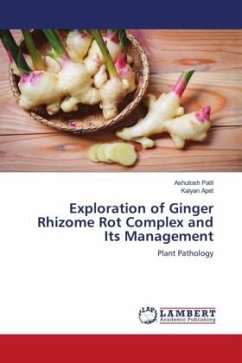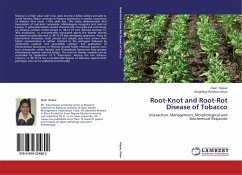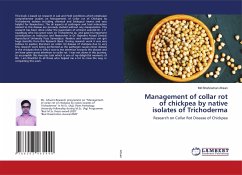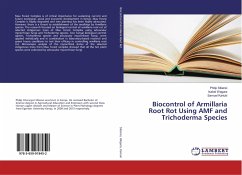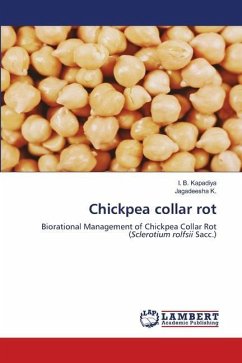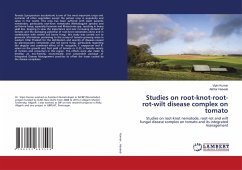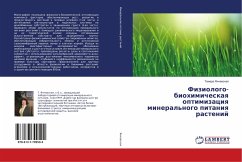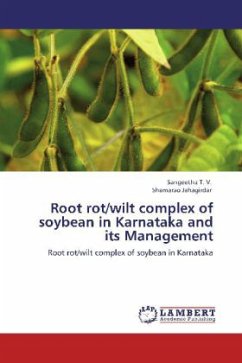Ginger (Zingiber officinale Rosc.) is one of the most important spice crop of the family Zingiberaceae in India. Ginger suffers from a wide variety of diseases caused by fungi, bacteria and nematode. Rhizome rot is a serious disease of ginger causing considerable economic loss to growers in different countries. In India, the rhizome rot disease complex is prevalent in most ginger-growing areas and may cause losses to the extent of 50-90 percent. Therefore, present exploration on rhizome rot complex with the objectives viz., survey, symptomatology, pathogenicity, interaction among pathogens, cultural, morphological, pathogenic and molecular variability, in vitro efficacy of fungicides, botanicals and soil amendments, efficacy of bioagents and integrated disease management strategies (in vitro and in vivo) and in vitro efficacy of induced systemic resistance were undertaken.
Bitte wählen Sie Ihr Anliegen aus.
Rechnungen
Retourenschein anfordern
Bestellstatus
Storno

